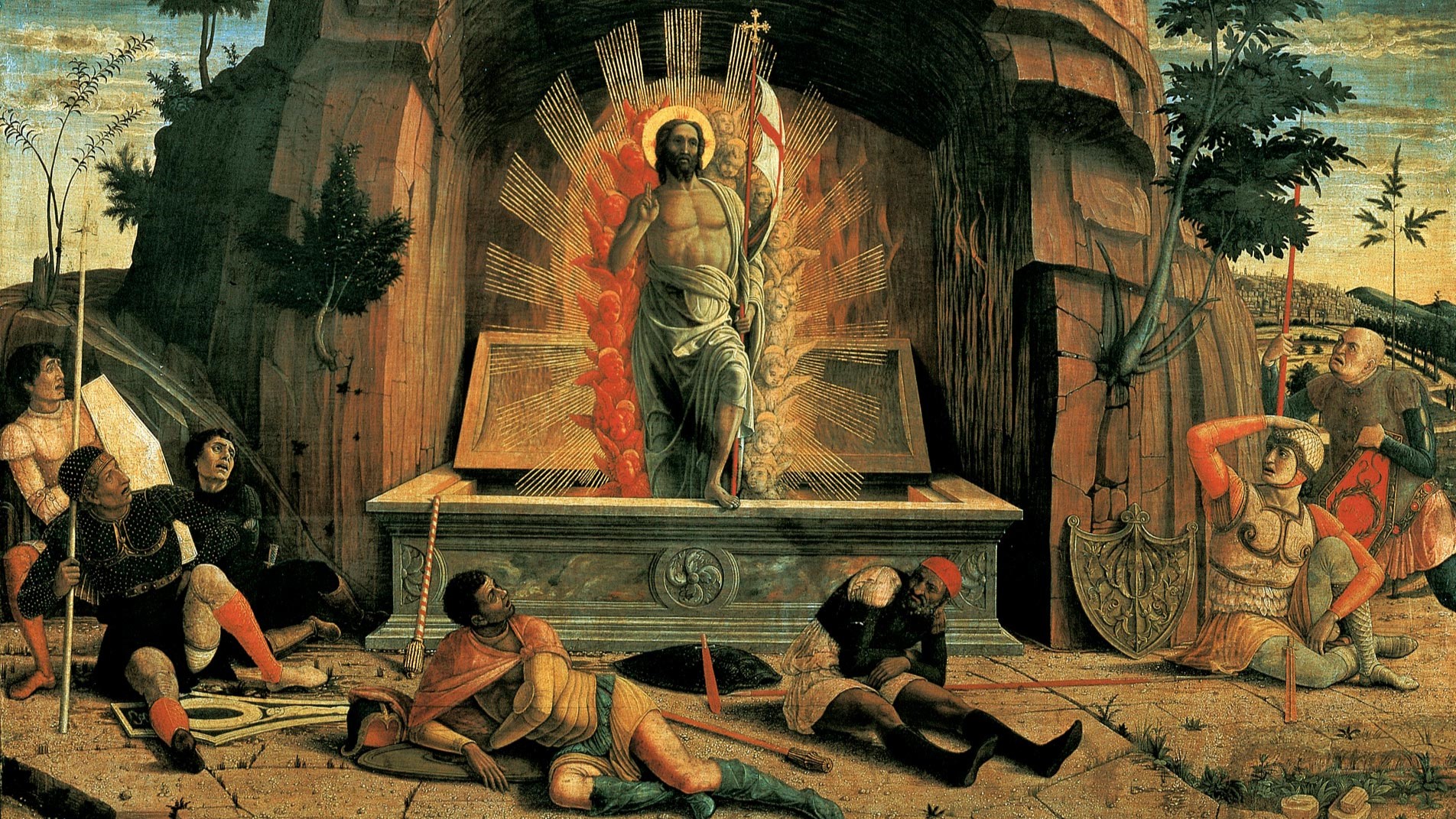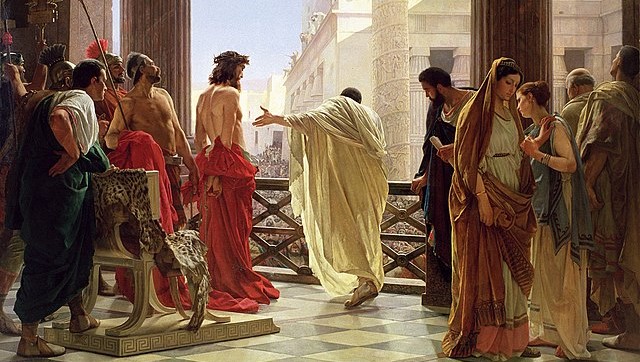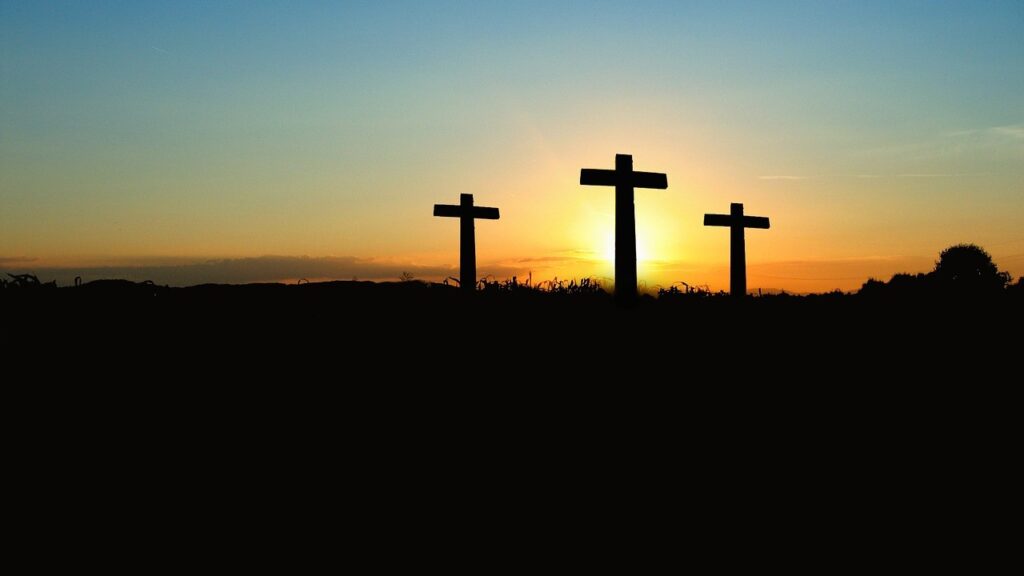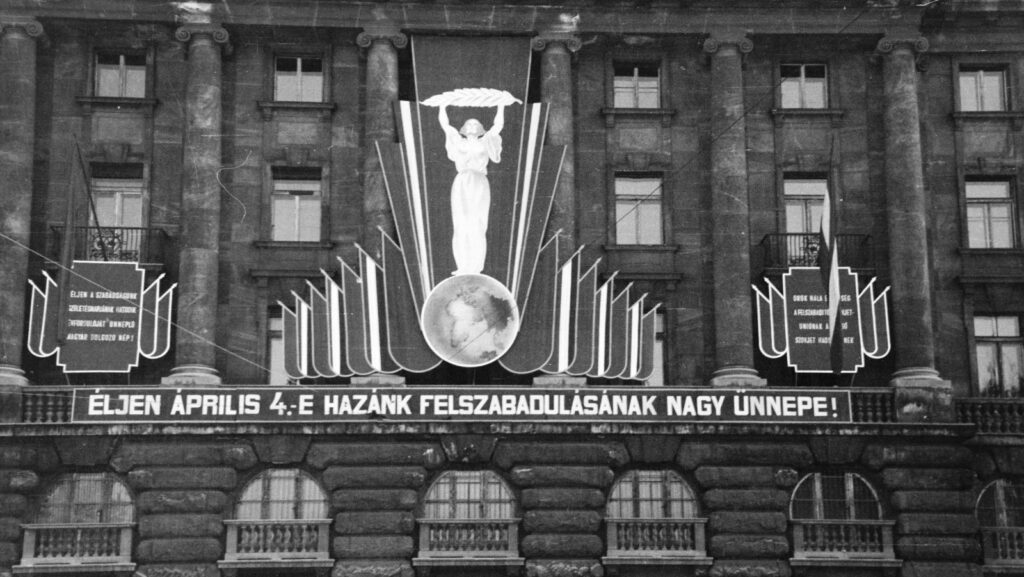The following is an adapted version of an article written by Orsolya Ferenczi-Bónis, originally published in Magyar Krónika.
Holy Saturday marks the beginning of the Easter celebrations, when the fire that was extinguished in the mourning of Good Friday commemorating the death of Jesus on the cross is rekindled. In the ritual of the consecration of the fire, the fire is a symbol of Christ, and the rekindled flame symbolizes resurrected hope. The tradition of lighting the spring fires dates back to ancient times and was intended to ward off the demons of winter, darkness and destruction.
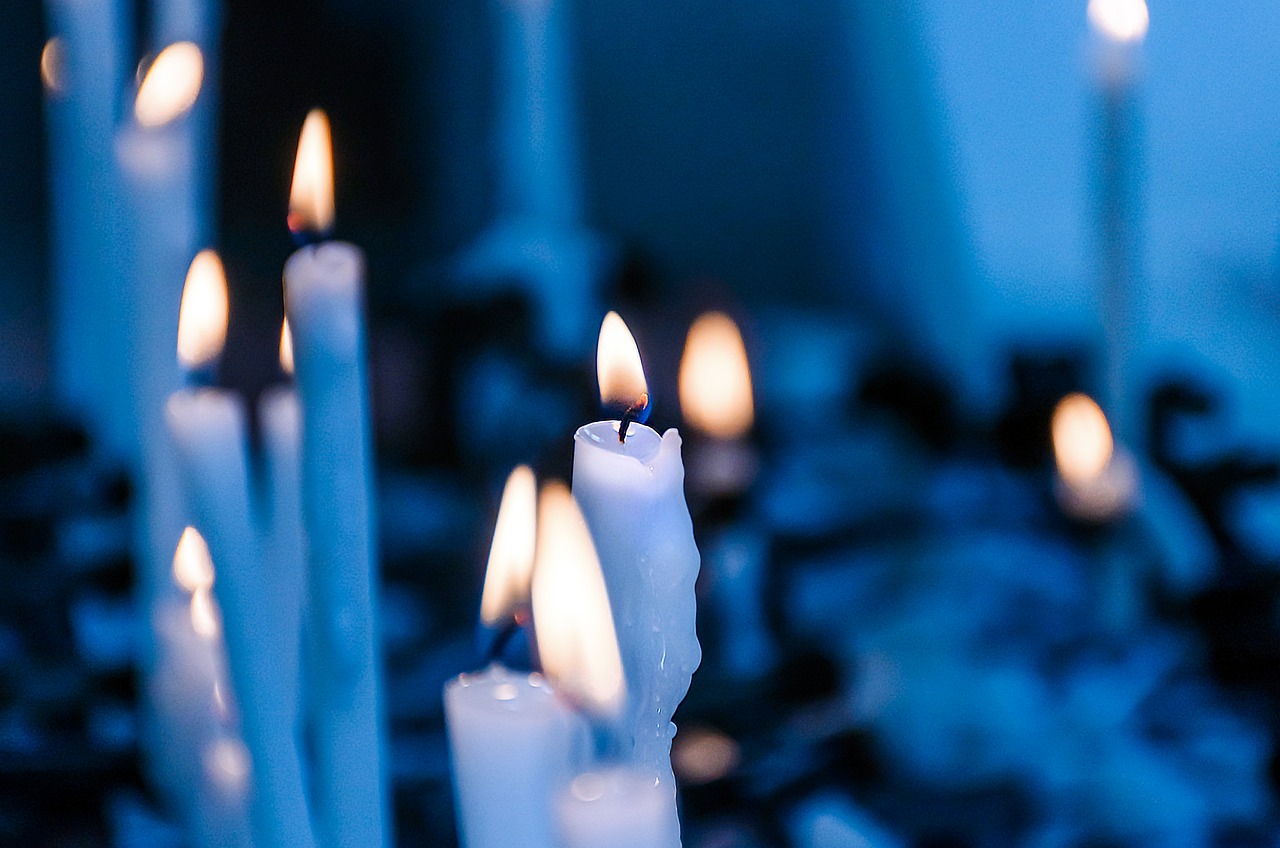
The ritual of the consecration of fire on Holy Saturday also influenced folk tradition. In Hungarian Folklore (Magyar Néprajz) we can read that the fire to be consecrated was burnt in front of the church or next to it. The Easter candle of the church was lit by the flames or embers of the fire that was lit on the bark of last year’s consecrated Pussy willow. It was also customary for the altar children to collect the cemetery’s rotten wooden crosses and consecrate the fire they had made from them.
The Cult of the New Fire
People would take the consecrated ember home in small pots and use them to light a new fire in their homes, on which they would cook the Easter meal. The children would hold skewers of wood on sticks of wire over the flame of the sacred fire and carry them to houses where the people could not go to collect the sacred live coals.
The embers of the sacred fire and the remaining charcoal were believed to have special protective and healing powers. People put them in the cattle’s drinking water and stables, scattered them around the house and in the fields, and smoked the cattle and bees with them. They dug them into the fields and vineyards, so that the crops would not be affected by hailstorms, or into the four corners of the land, so that it would not be affected by any danger from anywhere. In times of storm, they set the embers on fire so that lightning would escape the house. A consecrated skewer was also believed to protect against lightning strikes.
‘The embers of the sacred fire and the remaining charcoal were believed to have special protective and healing powers’
In Sándor Bálint’s Christmas, Easter, Pentecost: Traditions of the Great Holidays in Hungary and Central Europe (Karácsony, húsvét, pünkösd: A nagyünnepek hazai és közép-európai hagyományvilágából), we can find special customs such as the Szeklers of Andrásfalva in Bukovina, who called the remains of the consecrated fire Judas coal, mixed it with pig fat, and rubbed it on wounds.
Healing Holy Water, Bells That Ring Again
An important Holy Saturday ritual was the consecration of water, which is also associated with many folk traditions. According to the Pray Codex, in the Middle Ages, during the singing of the Holy Saturday prophecies were the time of the religious instructions of children for the first Holy Communion. According to Sándor Bálint, in the time of St Stephen, this may also have been the time of adult baptism. A tradition associated with the holy water of Holy Saturday is that the first person to be baptized in the new water will be lucky for the rest of his life.
Members of the congregation also took home the holy water of Holy Saturday, which was also believed to have healing and protective powers. They sprinkled it on the courtyard, the rooms and farm buildings, and even poured it into the drinking water. It was believed to cure headaches and various illnesses.
‘A tradition associated with the holy water of Holy Saturday is that the first person to be baptized in the new water will be lucky for the rest of his life’
There were also rituals associated with the bells ringing again: some people washed themselves in the nearby stream at the sound of the bell, others cleaned the cemetery ditches. The apple trees were shaken to make sure they bore plenty of fruit, and beans and peas were sown at this time to make sure they would grow in abundance. The bell-ringers were rewarded if they took a long pull. It was believed that the sound of the bell, the herald of God’s power and the glory of the risen Christ, would help to drive away evil , so they joined in by ringing various noise-making instruments, such as shaking a bunch of keys.
The Magical Encirclement of the Burgeoning Frontier
The Holy Saturday evening service is the Resurrection procession. We can read in Sándor Bálint’s book that the root of this may have been a spring custom, which included the ‘magical enclosure’ of man’s immediate living spaces, ‘his home and field, this burgeoning frontier; that is, the exclusion of evil’s harm from the world of the community’.
The tradition of the consecration of wheat and the Lord’s Day stems from this spirit as well: according to this belief, through the procession the power of the risen Christ becomes known to the land, threatening and shaming the evil spirits that cause natural disasters. After the procession, the returning families ate an Easter dinner of ham and eggs, as the 40 days of Lent ended on this day.
Related articles:
Click here to read the original article.

